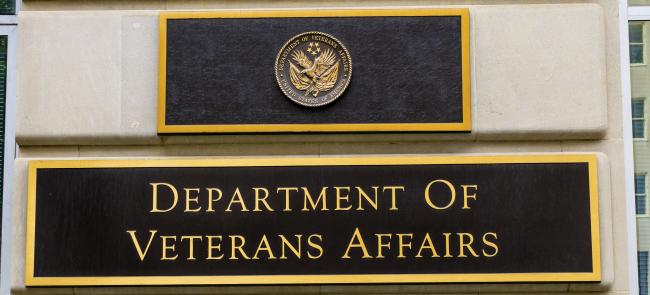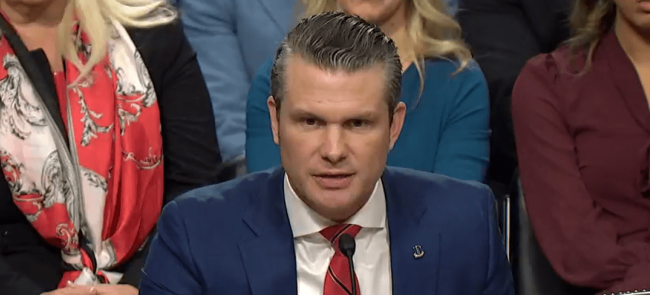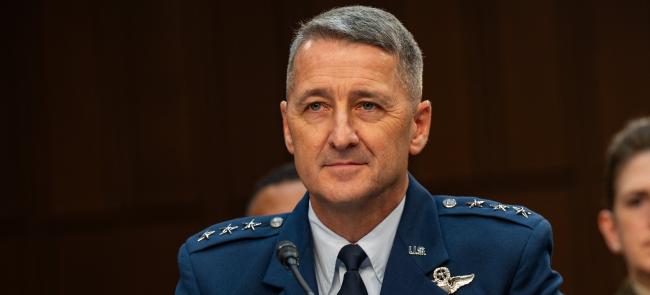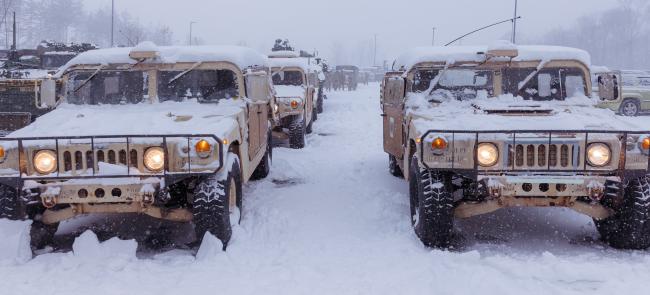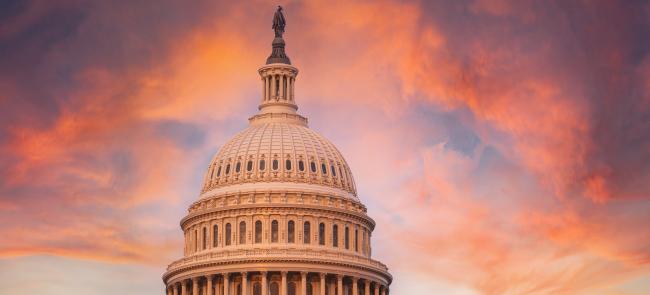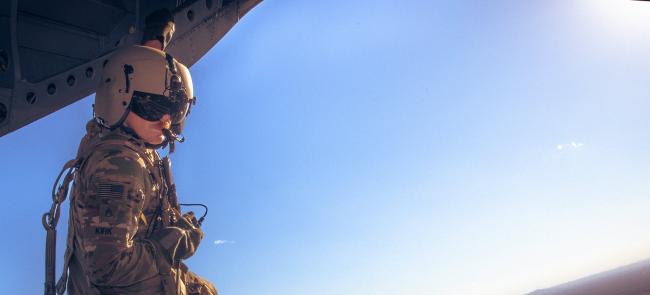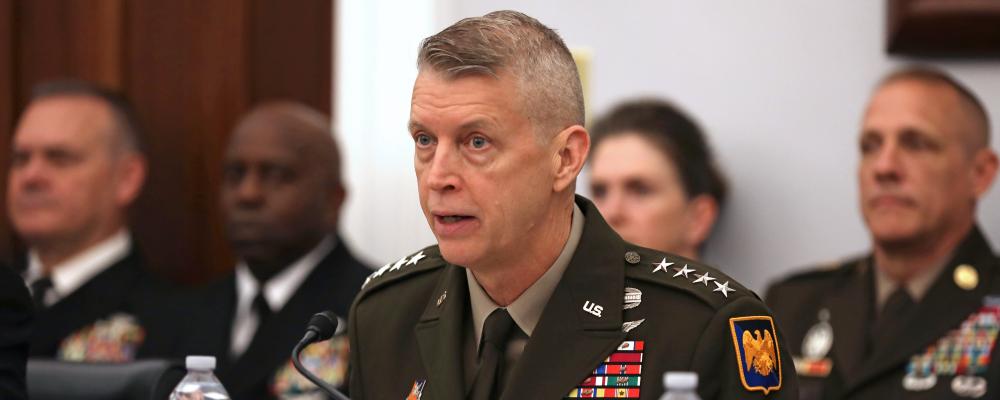
Gen. Daniel R. Hokanson, the chief of the National Guard Bureau, says the nation cannot afford to lose any of the Air Guard’s 25 fighter squadrons.
Hokanson’s remarks come as the Air Guard risks losing two squadrons that currently fly the A-10 Thunderbolt II, which the Air Force plans to retire soon.
"I don’t think we can afford to lose a single formation," he told the Senate Appropriations Committee’s Defense subcommittee Tuesday.
"We’re willing to do just about anything we can to retain those formations," testified Hokanson, a member of the Joint Chiefs of Staff. "Once we lose them, they are gone forever."
Maryland’s 104th Fighter Squadron and Michigan’s 107th Fighter Squadron are the Guard's two A-10 units in peril.
In March, the Air Force announced the 175th Wing — the 104th FS's parent unit — would be swapping its fighter mission for an expanded cyber mission.
The 107th FS's A-10s are set to retire in 2026. No replacement aircraft has been announced.
NGAUS considers recapitalizing the Air Guard’s fighter fleet as the service winds down older airframes like the A-10 a legislative priority.
Hokanson also addressed retaining the Guard’s space personnel during Tuesday’s hearing.
Debate has raged nationwide this year over plans to move the Air Guard's space units into the Space Force.
"We actually have a Space National Guard, we’re just not willing to admit it," Hokanson said. "It actually does exist. We just don’t name it that.
"If we don’t take care of our people and give them predictability, they’re going to vote with their feet and do something else," he added. "Now is not the time to lose those people."
The Air Force submitted Legislative Proposal 480 to Congress in March, seeking to transfer the Air Guard’s space units to the Space Force without the gubernatorial approval required in federal law.
NGAUS believes bypassing the nation's state and territorial governors on a Guard matter sets a dangerous precedent.
Last week, the Senate Armed Services Committee included a portion of the proposal in its version of the fiscal 2025 National Defense Authorization Act.
This action was completed behind closed doors, and the text of the SASC's NDAA has not been released.
But an executive summary said the panel’s verbiage "requires the U.S. Air Force to transfer certain space functions to the U.S. Space Force. Such transfer shall not reduce the end strength for the affected state Air National Guard organizations."
The House’s version of the NDAA — which the full chamber passed last week — authorizes the transfer, but only with the consent of the impacted governors.
The SASC's version of the fiscal 2025 NDAA also "requires a plan and cost estimate for modernizing all 25 fighter aircraft squadrons in the Air National Guard."
The full Senate must still pass the SASC’s proposal.
The differences between the House and Senate versions of the NDAA must be negotiated before a single version approved on the floor of both chambers can go to President Joe Biden for enactment.
Hokanson’s testimony on Tuesday may be one of his last appearances before a congressional panel before his retirement effective Sept. 1.
Tuesday’s hearing also featured testimony from Lt. Gen. Jody J. Daniels, the chief of the Army Reserve, Vice Adm. John B. Mustin, the chief of the Navy Reserve, Lt. Gen. Leonard F. Anderson IV, the commander of the Marine Corps Reserve and Lt. Gen. John P. Healy, the chief of the Air Force Reserve.
— By Mark Hensch

